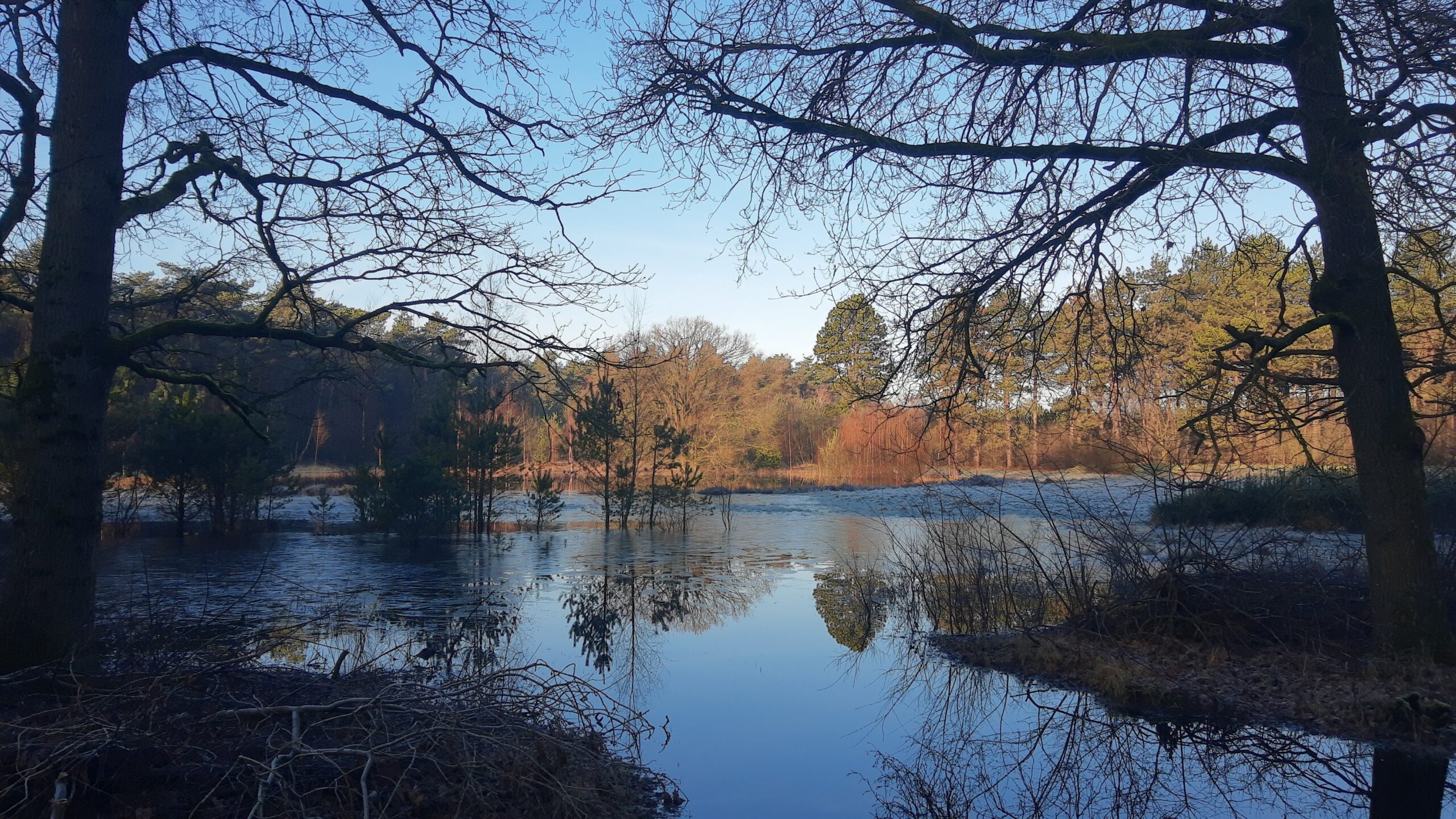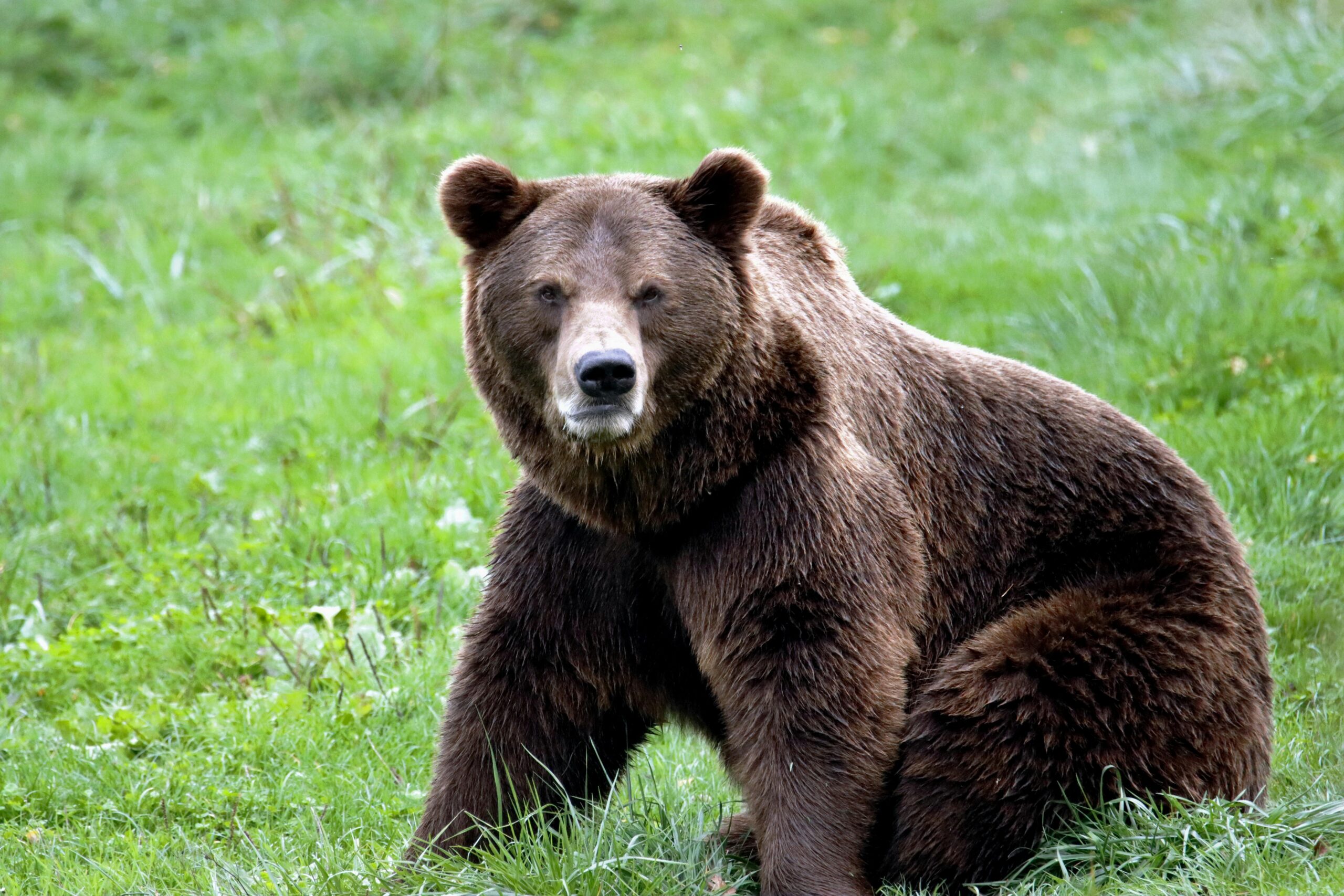Every morning, when I cycle through a small strip of flourishing garden behind the hospital, I often find myself puzzled by the web of interactions that sustain this mini ecosystem. It’s a tranquil spot, full of life—colorful nature and singing birds. As a medical doctor – however – I also see the threats that loom over it—climate change, pollution, and habitat destruction and the role of the healthcare sector contributing to it.
Our “neighbor” at the University Medical Centre, Radboud University studies the effects of these threats on (planetary) health. Species vanish in our region, likely due – for example – the use of pesticides and loss of wildflower meadows. And – on the other hand – wildlife is brought back in our region in so called living labs. Change is still possible. Europe’s natural environments are at a tipping point. The choices we make today will determine whether future generations can enjoy these wonders. By supporting green and sustainable policies, we can safeguard these habitats and the countless species that depend on them.
As a doctor, I feel the urgency. But this is not just a call from the hospital—it’s a call from every corner of Europe’s diverse landscapes. We must act now to protect our natural world. Together, we can turn the tide.

Weemoed en hoop
Een tijdje geleden werd ik door een student geïnterviewd over natuurbeleving en hoe belangrijk biodiversiteit voor mij persoonlijk is. Tijdens
